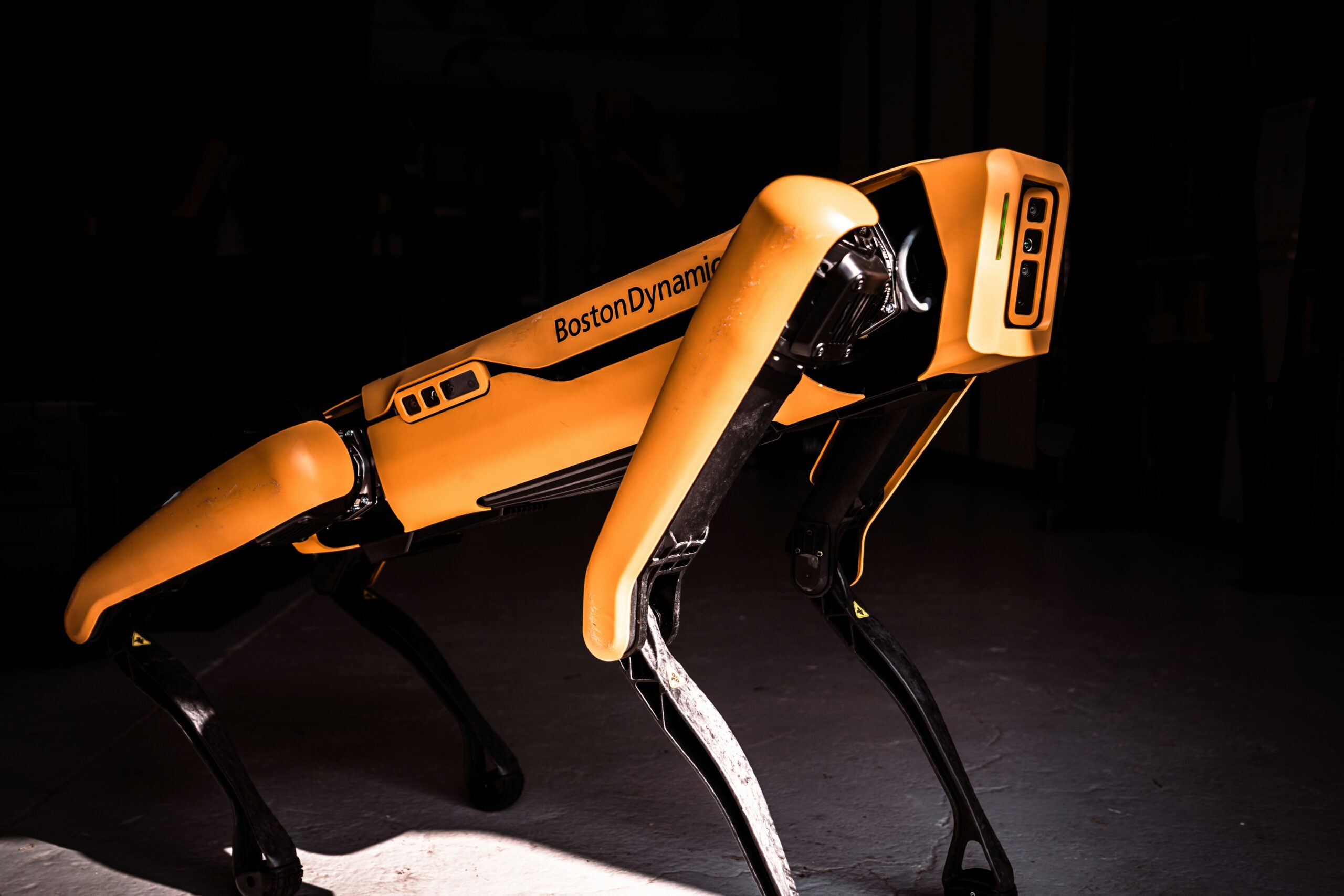Lidarmos has emerged as a groundbreaking technology that is reshaping various industries. Its innovative approach captures attention, sparking curiosity among technophiles and professionals alike. Whether you’re new to the concept or seeking to deepen your knowledge, this comprehensive guide will help you unlock the secrets of Lidarmos. From its historical roots to its vast applications in today’s world, understanding Lidarmos opens doors to exciting possibilities. Join us as we dive into this fascinating realm and explore how it’s making waves across different sectors.
History and Development of Lidarmos
The history of Lidarmos begins in the early 2000s. Researchers sought a more efficient way to capture data using laser technology. Initial developments focused on mapping and surveying applications.
As demand grew, advancements in processing power allowed for faster data analysis. This shift opened doors for various industries to integrate Lidarmos into their operations.
By the late 2010s, companies began exploring its potential beyond traditional uses. The technology found its footing in agriculture, environmental monitoring, and urban planning.
Innovations emerged rapidly as lidar sensors became more compact and affordable. Today, we see an impressive range of applications powered by this evolving technology.
Lidarmos continues to benefit from ongoing research and investment, promising even greater capabilities in years to come. Each leap forward brings us closer to unlocking new possibilities across diverse fields.
How Does Lidarmos Work?
Lidarmos operates on the principle of advanced data processing. At its core, it harnesses sophisticated algorithms to analyze vast amounts of information swiftly. This technology uses cutting-edge machine learning techniques to interpret user inputs effectively.
When a user interacts with Lidarmos, their requests are parsed and contextualized in real-time. The system then retrieves relevant data from extensive databases, producing accurate results almost instantaneously.
The seamless integration of artificial intelligence enhances its functionality further. Through continuous learning, Lidarmos adapts based on previous interactions, improving response quality over time.
Moreover, Lidarmos features intuitive interfaces that ensure ease of use for individuals at any skill level. Its design prioritizes user experience while maintaining powerful underlying processes that drive efficiency and accuracy in outputs.
Applications of Lidarmos Technology
Lidarmos technology has found its way into various industries, transforming operations and enhancing accuracy. One of the most notable applications is in environmental monitoring. With high-resolution data capture, it helps track changes in ecosystems over time.
In agriculture, farmers utilize Lidarmos for precision farming. This allows them to assess land topography and manage resources more efficiently. The insights gained can lead to better crop yields and sustainable practices.
Urban planning also benefits greatly from Lidarmos technology. City planners use detailed mapping to design infrastructure that meets community needs while minimizing environmental impact.
Additionally, the construction industry leverages Lidarmos for surveying and project management. Real-time data enables teams to monitor progress accurately and address issues before they escalate.
With these diverse applications, it’s clear that Lidarnos is not just a technological advancement but a catalyst for innovation across multiple sectors.
Advantages and Limitations of Lidarmos
Lidarmos offers several advantages that are hard to ignore. Its precision in scanning and mapping is unparalleled, making it an invaluable tool for various industries. The technology provides real-time data collection, which enhances decision-making processes.
Another benefit lies in its ability to operate in diverse environments. Whether indoors or outdoors, Lidarmos can adapt seamlessly, ensuring consistent performance across different terrains.
However, there are limitations too. One significant drawback is the cost of implementation. High-quality Lidarmos systems require substantial investment, which may not be feasible for smaller businesses.
Additionally, while advancements have improved efficiency, some users report challenges with integration into existing platforms. This can lead to a steep learning curve and potential operational disruptions during the transition period.
Understanding these pros and cons helps users make informed decisions when exploring Lidarmos technology for their needs.
Tips for Using Lidarmos Effectively
To harness the full potential of Lidarmos, start with proper training. Understanding the ins and outs of this technology will enhance your efficiency.
Next, ensure that you maintain optimal calibration settings. Regularly check these parameters to achieve accurate results in your measurements.
Utilize high-quality data input. The more precise your initial information, the better outcomes you’ll receive from Lidarmos analysis.
Stay updated on software advancements too. New features can significantly improve functionality and user experience.
Collaboration is key; share insights with colleagues who also use Lidarmos. This exchange can lead to innovative methods or shortcuts that streamline processes.
Document all findings meticulously for future reference. This practice not only aids in tracking progress but also enhances overall understanding of how Lidarmos operates within various contexts.
Future Possibilities and Innovations in Lidarmos
The future of Lidarmos looks bright, driven by rapid technological advancements. Innovations are emerging that promise to enhance its capabilities significantly.
One exciting possibility is the integration of artificial intelligence. AI can analyze data more efficiently, leading to deeper insights and faster decision-making processes. This could revolutionize industries ranging from agriculture to urban planning.
Moreover, miniaturization technologies may allow Lidarmos systems to become even more portable. Compact devices will enable broader access for smaller businesses and individuals alike.
Enhanced connectivity through IoT integration could also be transformative, enabling real-time data sharing across networks. Imagine a scenario where multiple users collaborate seamlessly on projects using live Lidarmos feeds.
Ongoing improvements in sensor technology will increase accuracy while reducing costs. As these innovations unfold, we can expect Lidarmos applications to expand into new fields and solve complex challenges like never before.
Conclusion: Embracing the Power of Lidarmos
Lidarmos stands at the forefront of technological innovation, reshaping how we interact with our environment. Its unique capabilities open doors to endless possibilities across various sectors. From enhancing precision in industries like agriculture and construction to revolutionizing data collection in scientific research, Lidarmos proves its versatility.
As we embrace this powerful technology, it is essential to stay informed about its developments. Understanding both the advantages and limitations will enable users to harness its potential effectively. The future of Lidarmos holds promise for even greater advancements that could further integrate into everyday life.
Engaging with Lidarmos today means being part of a transformative journey toward smarter solutions. As innovations continue to emerge, those who adopt and adapt will undoubtedly thrive in this ever-evolving landscape. Embracing Lidarmos now ensures you remain ahead in an increasingly competitive world filled with opportunities waiting to be explored.

